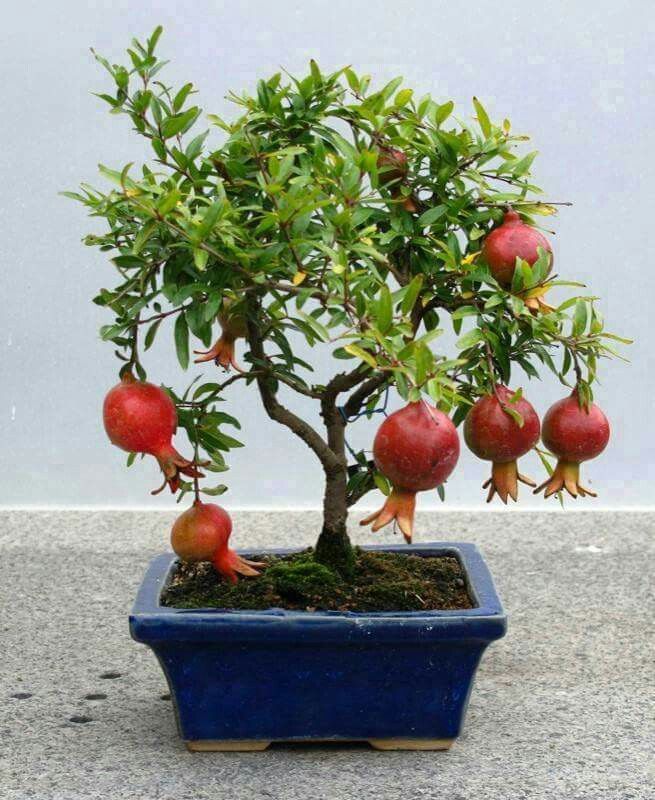Civilization as we know it began with the cultivation of wheat in the fertile crescent of the Middle East and very shortly thereafter three fruits appeared on the menu, pomegranates, grapes and figs. Iran is thought to be the original home of the pomegranate but it quickly spread to the shores of the Mediterranean Sea and as far to the east as China. The driving force for the spread of pomegranates was that they thrived in hot climates (there is a horticultural hint here) and produced abundant crops of delicious fruit.
We know from several sources that the spread of pomegranates from Iran occurred a very long time ago. The archeological record indicates that pomegranates were enjoyed in Jericho, one of the oldest cities known and dates to about the year 9500 BCE.
Pomegranates also figured in early mythology. The Greek myth about Demeter and Persephone was first written down in about the sixth or seventh century BCE and was probably transmitted orally centuries earlier. The crucial event in the story occurs when Persephone eats six pomegranate seeds in spite of being warned not to eat. As is the usual case in Greek mythology, bad things then happen to her and everybody else as well. Speaking of bad things happening, there is some thought among scholars who study the ancient texts that in the Garden of Eden, Eve is more likely to have eaten a pomegranate rather than an apple.
History aside, pomegranates make really cool bonsai. One of the most attractive features is the abundant crop of attractive flowers produced in the late spring and occasionally on into the summer. Most of the trees that we grow for bonsai have a growth cycle that starts with a flush of growth in the spring, a period of consolidation of the new growth in the summer and setting flowers in the fall. Winter is spent with the tree not growing but planning what it will do next. Our busy time with bonsai usually is in winter when we wire and repot and in the spring when we cope with the new growth.
Pomegranates have a different cycle. They are deciduous so nothing apparently happens in winter. They leaf out in spring, but delay new growth until hot weather of summer comes. They should be grown in full sun all year and particularly in the summer. The summer is a period of rapid and vigorous growth and, surprisingly, is the best time for repotting in contrast with most bonsai trees. Our busy time with pomegranates is in the summer. Fall  is spent developing flowers in preparation for fruit.
is spent developing flowers in preparation for fruit.
Heavy pruning can be done in the winter as well as wiring, although this must be done with care since the wood is quite brittle. The new growth is in the form of very long shoots which need to be cut back in late spring or early summer to retain the shape of the tree. Also during summer the tree will readily form new growths along branches which can be useful in developing and maintaining the shape of the tree. Pomegranates may also form suckers from the base of the trunk, and these need to be removed as they form.
So what is the down side of pomegranates? First of all, the fruit is very large and can appear to be out of scale with the rest of the bonsai tree unless the tree is quite large. There are dwarf forms of pomegranates that have much smaller flowers and fruit and these should be sought out if you want a smallish sized bonsai. Secondly, bare
wood is susceptible to rot. Open cuts should be carefully sealed the prevent this.
In spite of these drawbacks pomegranates have a lot going for them as bonsai and if you do not have one in your collection, they are well worth your consideration.

